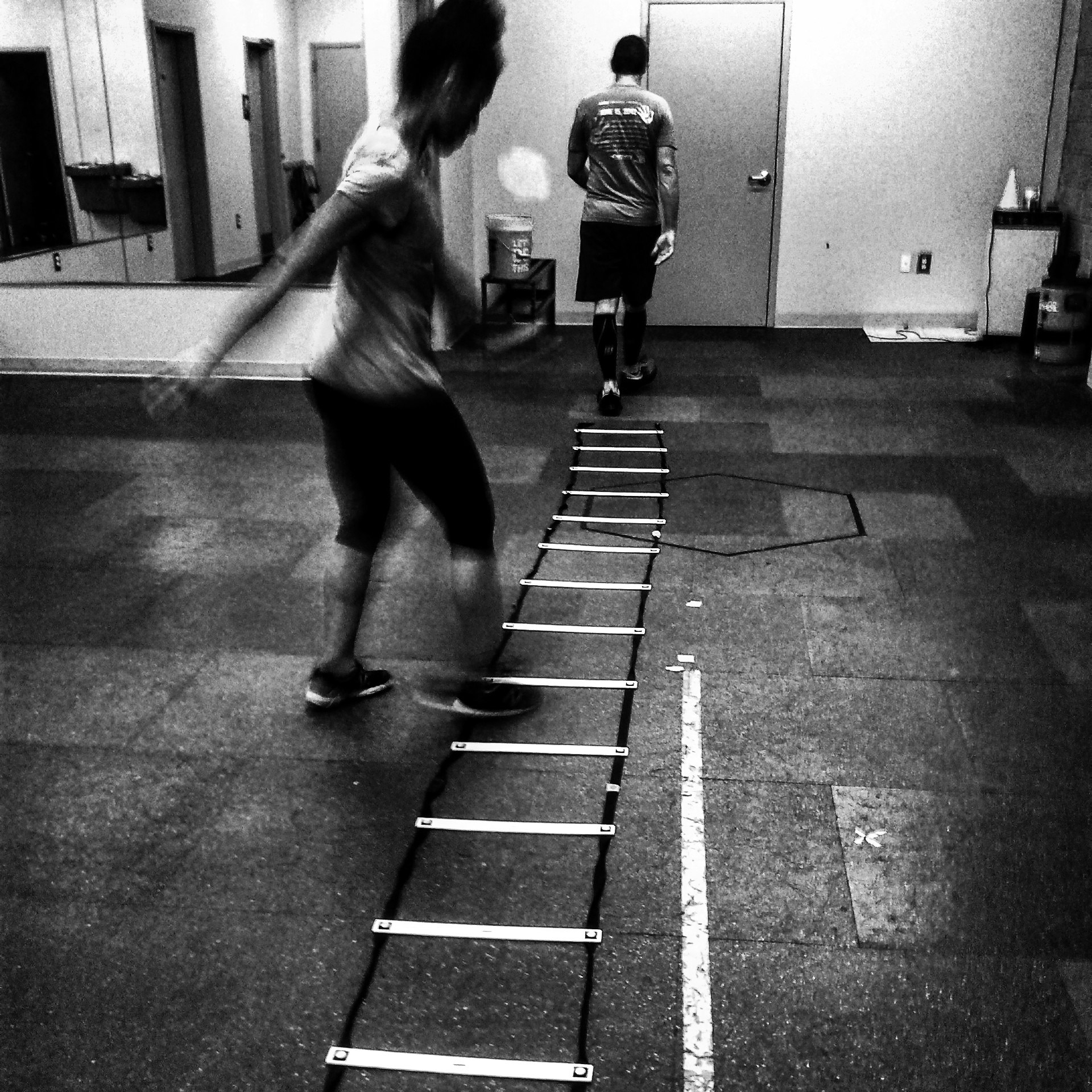
Are You Neglecting This Strength Movement?
Part of my job involves examining how people move and to also determine how they should be moving based on my experience as a coach and athlete. The reality is that more and more people in the general population are moving worse and worse in this day and age. This more than likely is because of the explosion of sitting jobs.
Today I’m not going to go down the same ‘ole path examining how poorly and immobilized people’s hips and shoulders are (ok maybe I will touch on this a little), but instead I’m going to look at another movement that many people neglect in their strength and conditioning training. Stay tuned my young Jedi of strength!
The Cause Of Neglecting Of Movement…
Simply put the quality of movement of the general population as a whole has deteriorated over the past 10 or 12 years. Now I’m not basing this on any specific data at the moment other than just looking at my own experience and personal observation. However, I’m willing to bet I’m not alone in sharing that perspective with other coaches and athletes in the industry. The data is there, but I don’t feel it’s necessary to dive into for the purpose of today’s discussion.
The point is that sitting has become the new smoking today and it’s something that people do way too much of in terms of their work and personal lifestyles. It’s an epidemic that I’ve noticed in my profession in terms of me having to combat the dysfunction of movement of many trainees.
The result of this is that people have piss poor joint mobility and are always caught up in a state of incorrectness in terms of their body’s ability and overall function. This is why getting back into a state of correctness is not all that comfortable for many. The process must involve engaging in movements that may cause a bit of challenge…and new challenge is usually something that most tend to shy away from.
Now as a result of this much of the population suffers from immobility at the biggest joint structures consisting of the hips and shoulders. See this is the part where I said I would touch on the shoulders and hips…just a bit. Scenarios such as this restrict the ability of many to effectively perform a hip hinge, or to overhead press and pull anything with the upper body due to the broken posture of a forward slouched set of shoulders.
The Other Neglected Movement
Rotational movement occurs in the transverse plane of motion which basically means your body moves in a path that rotates parallel to a plane that can divide your body into both upper and lower portions. To clarify this pattern I’ve included this video here below.
As you can see in order to throw a punch, a kick, or any other movement that requires twisting or rotational action you can’t neglect training the transverse plane. This initially might not have seemed so obvious to the casual observer, but as a strength coach I’m telling you that this is a movement that is often not emphasized within the model of many strength and conditioning programs.
In training it’s imperative to be steadfast in progressing fundamental movement from one area of performance to the next. For many…mastering the sagittal plane of motion first is a big deal. I’m a big believer in keeping things basic before moving on to more advanced movements. This is why there should be priority on the sagittal plane before a trainee moves on to the frontal and transverse plane of motion.
Introducing The Transverse Plane
Without emphasizing the ability of rotational movement how can a fighter effectively throw a kick, or a punch? How can a golfer improve his or her game? How can a soccer player work around a defender to kick the ball across their body moving in a direction opposite of their momentum? The answer to all of these is that they must all be proficient in their execution of rotational movement.
Granted this is an important detail for achieving optimal performance in the athletic realm…and in the pursuit of any serious fitness program. However it’s also just a good idea in terms of maintaining a high quality of day to day function.
One way to work on the development of rotational movement in relation to strength is by including strength drills to mobilize the shoulders and hips in a way that is smart and practical for optimizing function. Give this little shoulder pivot drill (for thoracic extension) a try…
Of course you can simplify this drill by removing the push up portion from the movement. The value of this drill is that it emphasizes thoracic extension at the shoulder girdle while also allowing you to pivot the body with the shoulder being at the junction of the pivot. It’s quality bodyweight strength training for rotation.
In addition to this I like using fighters as the go to example for training the transverse plane because it’s such a vital movement for their performance in the ring. Check out UFC champion George St. Pierre applying effective rotational movement with the transverse plane of motion here when he’s practicing his Muay Thai kicks and punches.
If it’s good enough for the UFC champion to apply then it’s good enough for you. Don’t neglect fundamental movements simply because you’re caught up in training for your wants instead of training for your needs!
Related Articles:
Free Weights vs. Machines In Strength Training
Getting Stronger Training Outside The Box
Examining The Kettlebell Clean
The Obliteration Of The Shoulder Press
How To Apply Minimalist Training For Maximal Results
Get Free Updates And Training Guides Here
Leave a Reply
You must be logged in to post a comment.
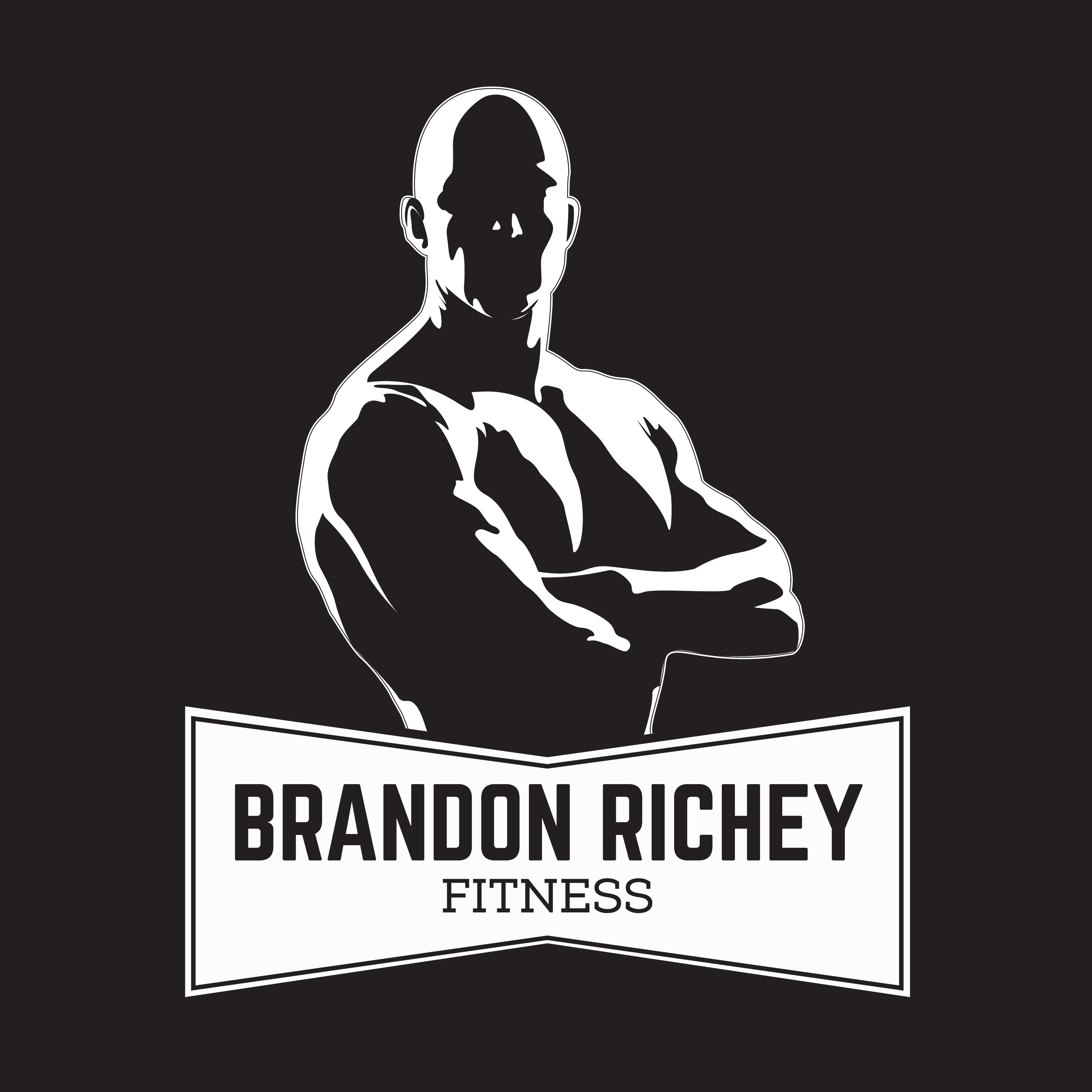
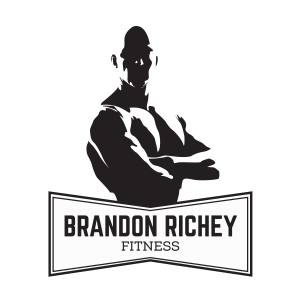
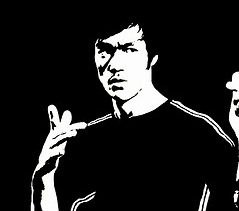
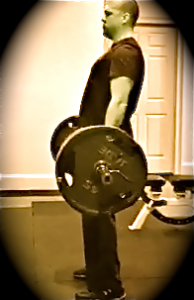
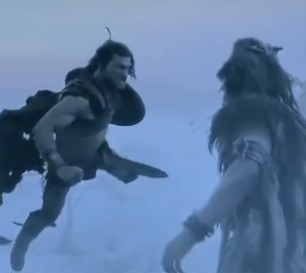
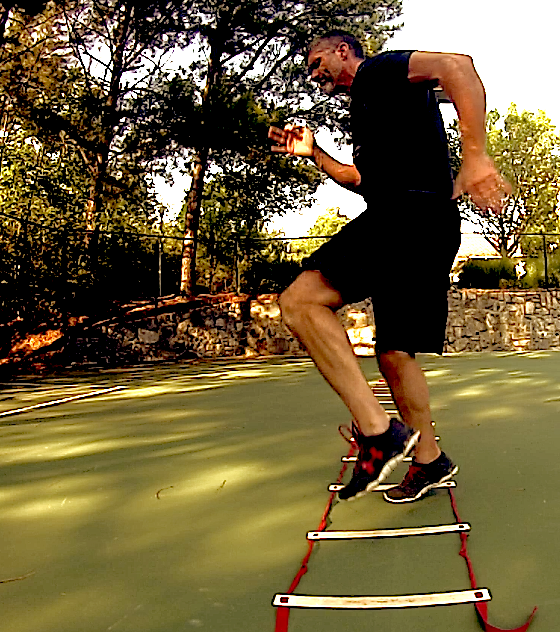
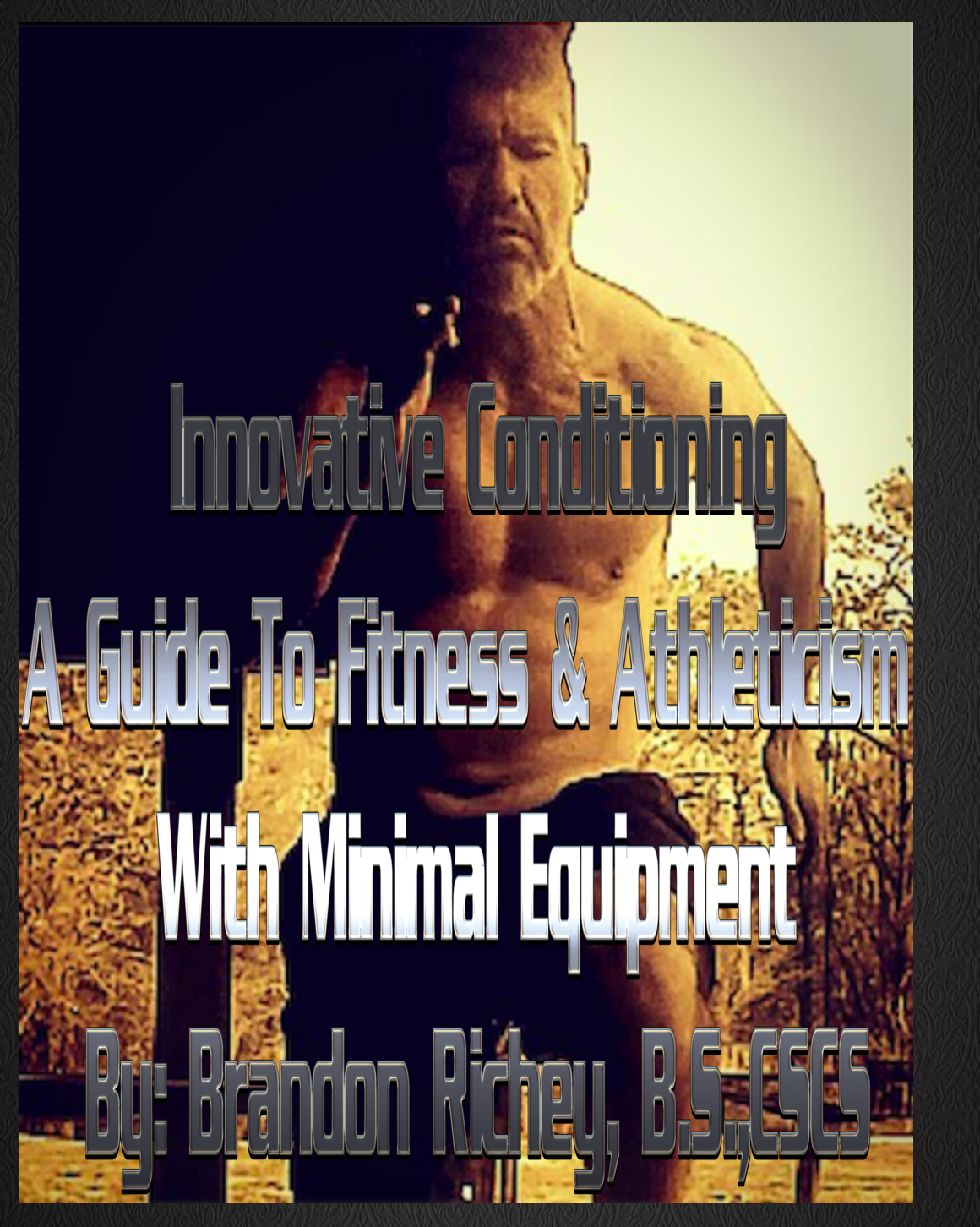
I really like your comment ” The point is that sitting has become the new smoking today “. That is totally true. Great article!
Thanks Chris…yes it has been an epidemic. Mobility is becoming something of a lost art for many! Thanks for your feedback and please don’t be a stranger.